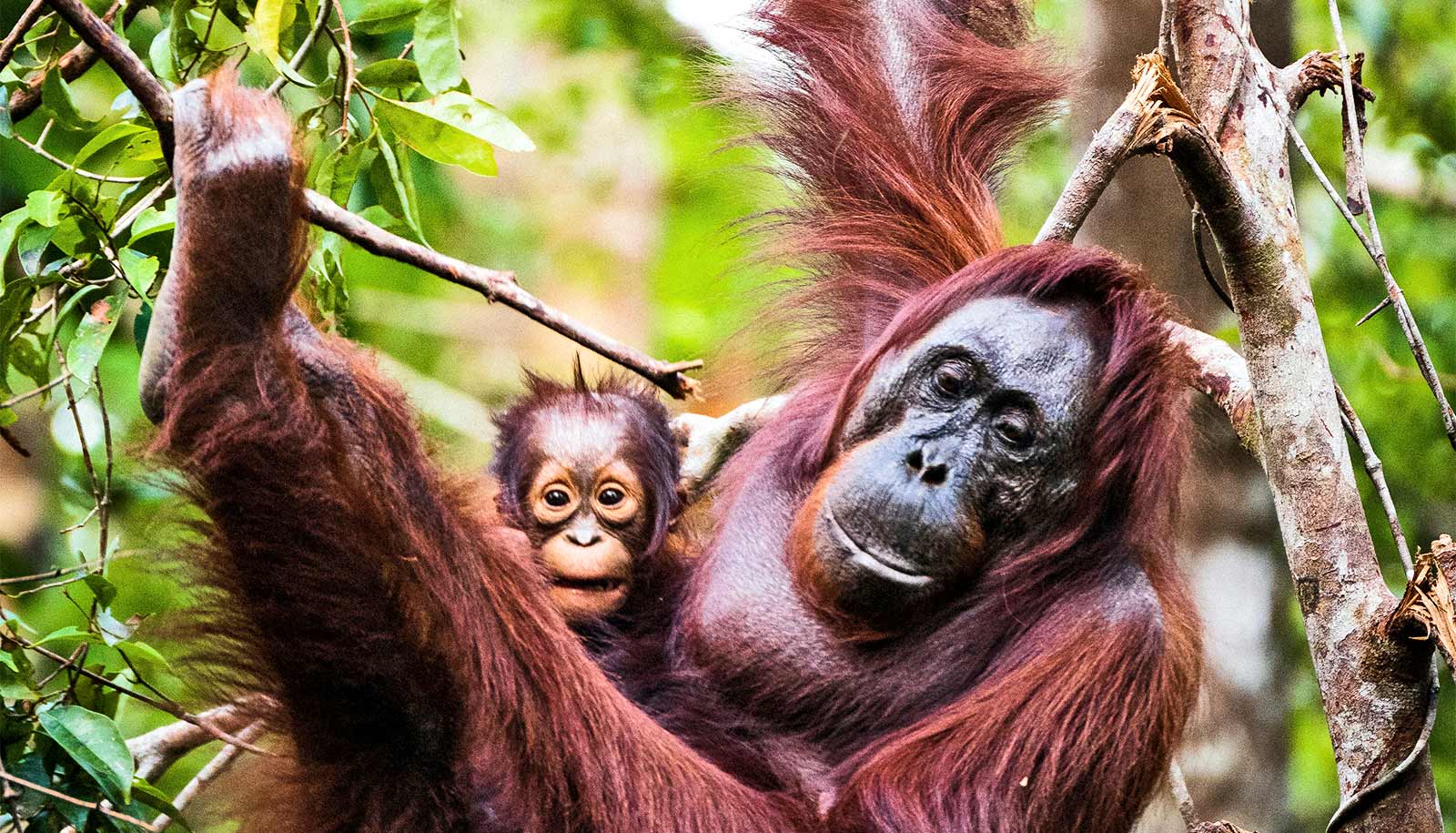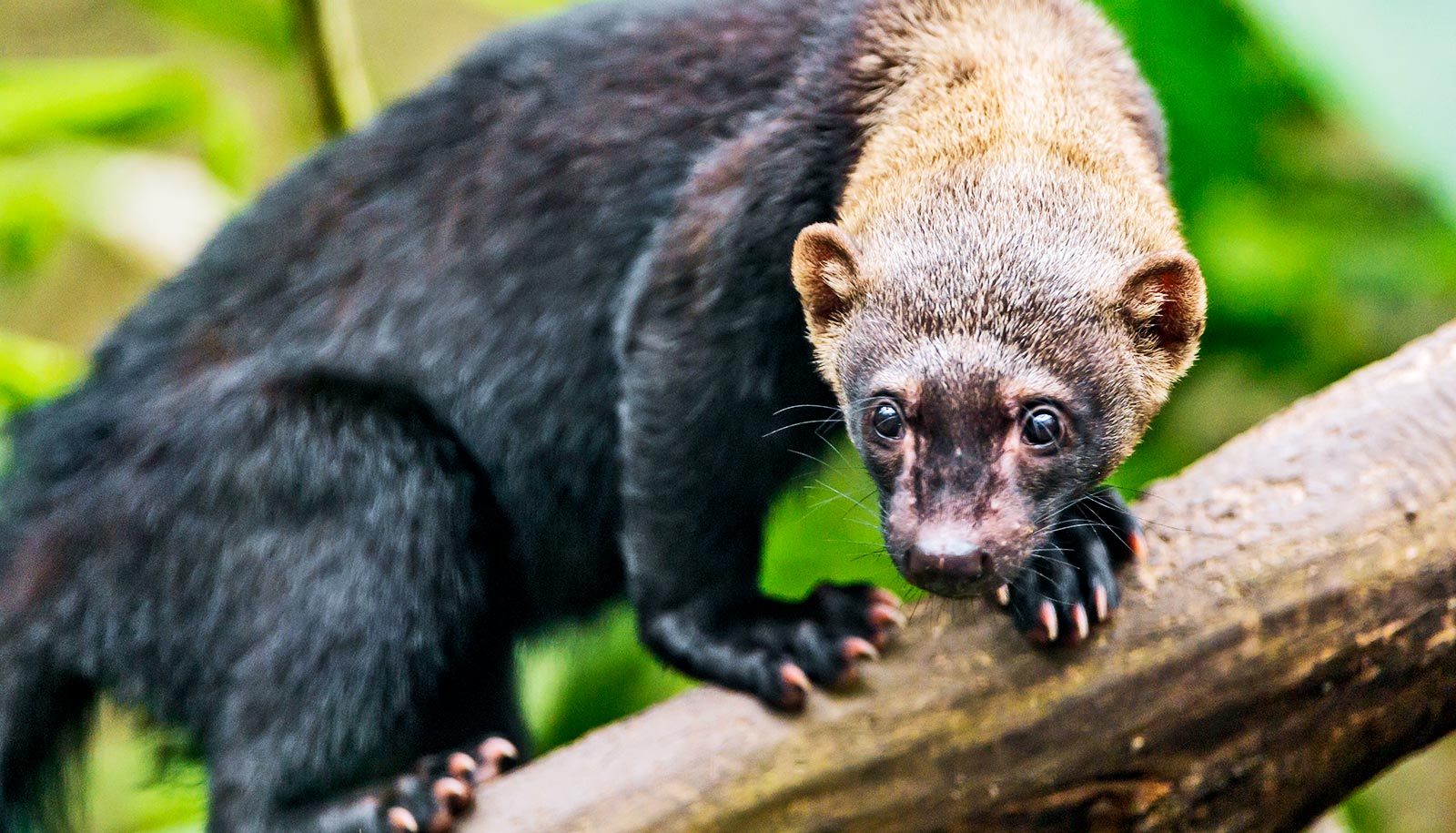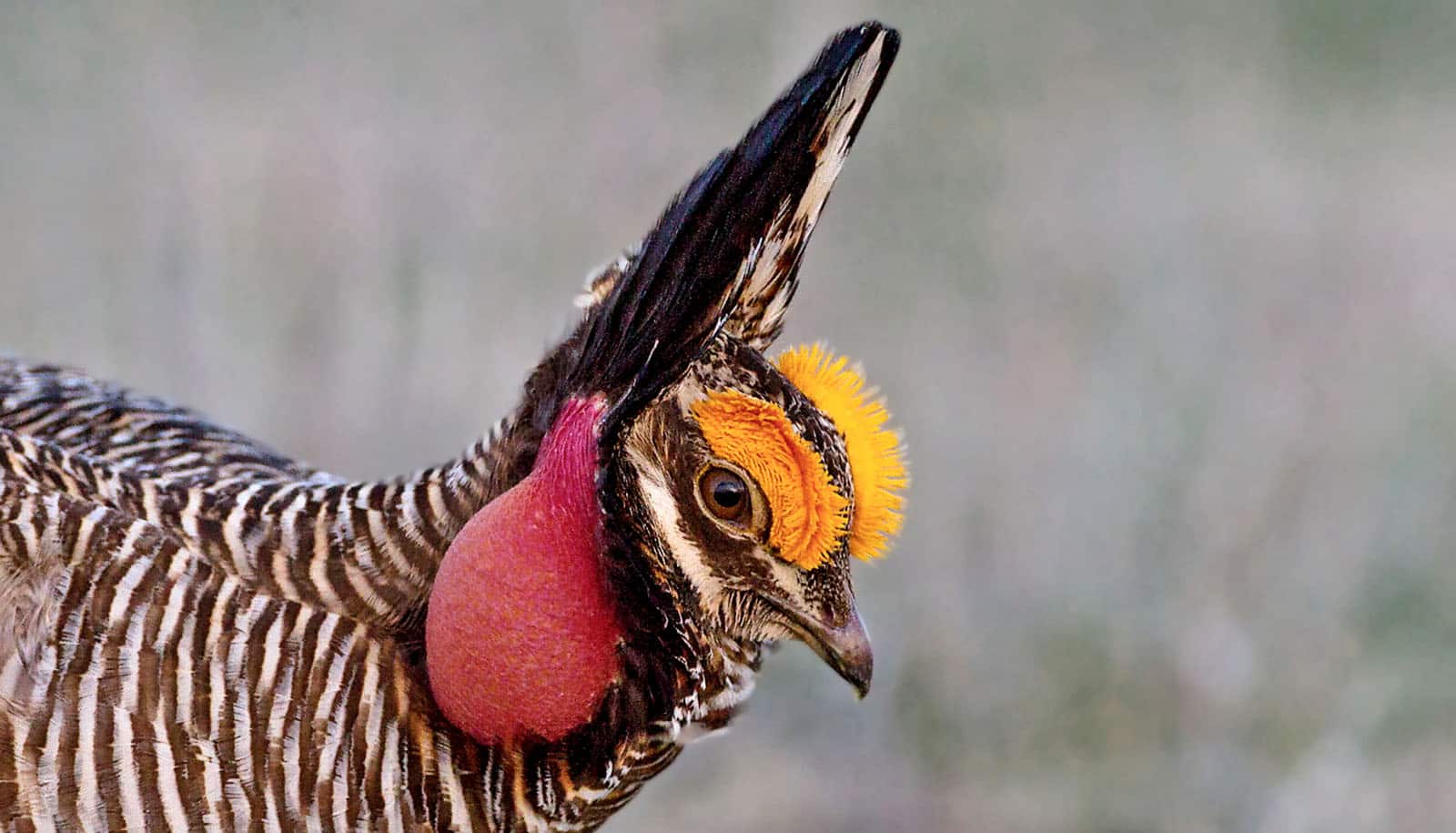New methods of conservation may be needed to ensure the survival of great apes, a new study shows.
Great apes, human’s closest living relatives, are knocking on the door of extinction.
Humans have hunted great apes, which include bonobos, chimpanzees, gorillas, and orangutans, destroyed their habitats, and transmitted fatal diseases to them.
Now, five of the seven recognized species of great apes have been listed as critically endangered by the International Union for Conservation of Nature, meaning they are on the brink of extinction.
Traditional methods of conservation have helped, but these methods are no longer enough, say University of Michigan researchers John Mitani and Andrew Marshall. Their findings are published in Nature Human Behaviour.
The urgency of new routes to great ape conservation
Marshall: John and I, like many field researchers, feel a strong connection to the apes we study. We’ve been privileged to spend lots of time with them—John, primarily in Africa, and me primarily in Southeast Asia.
Despite considerable effort and investment in conservation, ape populations are continuing to decline, many of them very dramatically. Five of the seven recognized taxa are now critically endangered. Rather than focusing on the current plight of apes, which is well known, we wanted to be forward looking and propose things we could do that might improve the situation.
“Even if we do a perfect job of protecting every protected area where great apes persist now, that’s not enough.”
Mitani: There is a moral imperative to do this. These are iconic species that everybody can identify with. This is because they are our closest living relatives and essentially our kin. We’re living at a time when we are losing tons of species in a mass extinction event created by us. If we can’t save these animals, then there’s really very little hope for the rest of biodiversity. I just can’t imagine a world without these animals.
Improving security of protected areas by increasing funding, fighting corruption, employing scientific/technological tactics to improve enforcement; partnering with local communities to develop tourism; and working with local people who possess extensive knowledge about the habitats and behavior of great apes
Marshall: Even if we do a perfect job of protecting every protected area where great apes persist now, that’s not enough. For orangutans, which is the group that I know best, even if we were to protect every single orangutan in every protected area in perpetuity, that is not enough to ensure their long-term persistence, which means that the future of conservation must also address issues outside protected areas.
If we only think about strictly protected areas, we’re missing lots of opportunities to do good conservation. That’s one of the things that we want to draw people’s attention to: There are lots and lots of apes that live outside national parks and they are more threatened than those that live inside national parks and other protected areas. But they also deserve our care and protection.
Mitani: Another point we’re trying to make is historically, despite the fact that we’ve devoted years and years to the study of these animals, most of this has been in protected areas and away from people. We are calling for more work where it’s currently needed in areas where people are living alongside apes. The reason for this is the world has gotten a lot smaller. In my lifetime, the human population has tripled. Humans are everywhere, doing things and edging apes out as a consequence.
Protecting apes who live outside of protected areas by providing alternative crops and resources to reduce people’s reliance on ape habitat; combatting larger-scale threats (industrial mining, oil and gas, logging)
Mitani: Wherever great apes and humans come into contact and there’s conflict, inevitably the apes will lose. We’re going to have to find ways for both humans and apes to benefit. We recruited several colleagues and friends to help us with this paper, and an important one is Matt McLennan, a researcher at Oxford Brookes University and the Bulindi Chimpanzee and Community Project in Uganda. For many years Matt has worked in a small forest in Uganda where people live alongside chimpanzees. He’s trying to find ways to help people protect chimpanzees instead of harming them.
Marshall: It’s easy for conservationists to demonize “local people” as the major threats to apes. That’s problematic for all kinds of reasons. Many of the conservationists are expatriates, so there’s a colonial aspect to it—although not all conservationists are, of course, expats. It’s also true that many of the threats, even those that are immediately posed by local communities, are often due to broader market pressures, and many of us participate in those markets and indirectly lead to many of these pressures.
Many of the folks that are killing orangutans, destroying their habitat, are doing so to earn money necessary to pay school fees for their kids, buy medicines for their sick relatives, and things like that. They are making rational and understandable choices given their circumstances, choices that I suspect many of us would make were we in their shoes. Asking them to take on major sacrifices to protect these animals that provide no direct benefit to them is an unfair and unrealistic thing to ask. People who are going to incur more of the costs of protecting great apes should also receive tangible benefits.
Reducing the risk of spillback: Being aware of both airborne and soilborne pathogens
Mitani: I think everybody is aware of the fact that animals can transmit disease to us because of things like COVID-19. swine flu, bird flu—there are all kinds of things that animals transmit to us. But it’s a two-way street. We can infect them, and we do. Researchers like us have killed the animals that we study. This is because their close relationship to us means that great apes can harbor many of the same pathogens that we do. This is going to become an even larger problem in the future. As we have said, the world is getting smaller, and humans are increasingly coming into contact with great apes.
Marshall: These great apes just don’t have the natural immunity to diseases we introduce to them. We have a recurrent history of people from certain parts of the world going to other parts of the world and bringing with them diseases against which local people have no immune defenses. Essentially, we are recapitulating colonial history in our interactions with these great apes.
Reconsidering the role of field research: Using technology to create opportunities to study apes while limiting carbon footprints, cutting the cost of field research, and using technology to reduce the amount of fieldwork time
Marshall: Long-term research sites are really important refugia for apes, and I am quite sure that at several research sites, had the researchers and staff who work at the research stations not been on site, then those populations would have disappeared. Field researchers are conservationists and are having positive effects, but we unfortunately know that we can also have negative effects.
We are advocating that field researchers try to think about how we can keep as much of the good associated with our presence as possible and minimize the bad that goes along with it, and technology is the most obvious place to start. Various kinds of technologies have provided us with insights we wouldn’t have imagined possible a decade or two ago. We can’t learn all the things that we’re currently learning by direct observation through technology as it currently stands, but technology is improving very quickly. We wanted to raise people’s awareness to that and also encourage some of our colleagues to think about ways they could incorporate technology more to reduce risks to great apes.
Finding new forms of funding: Tourism, carbon payments and wildlife credits to support local communities in range countries, establishing great apes trust fund
Mitani: All of this is going to cost money. To address this issue, we recruited another colleague, Genevieve Campbell, a primatologist with the conservation nonprofit Re:wild, who has worked with banks and industries to try to find ways to mitigate or minimize the destructive activities they have on ape habitat.
Another problem is that you can throw money at issues, but most are temporary fixes. What Genevieve would like to do, and what both Andy and I support, is to develop a long-term, permanent funding stream. One way to do this is to establish a great ape trust fund that would provide support for great ape conservation in perpetuity.
Marshall: At the moment, most of the financial incentives are in the opposite direction. It’s not just that protecting apes requires money, it’s that there are strong financial incentives that are the root causes of many of the problems that are driving apes’ decline.
Additional coauthors are from the Cameroon Biodiversity Association, the San Diego Zoo Wildlife Alliance, the Institut Pasteur/Université Paris Cité, the University of Wisconsin, the Ape Protection Unit, Four Paws, and the University of Indonesia.
Source: University of Michigan



